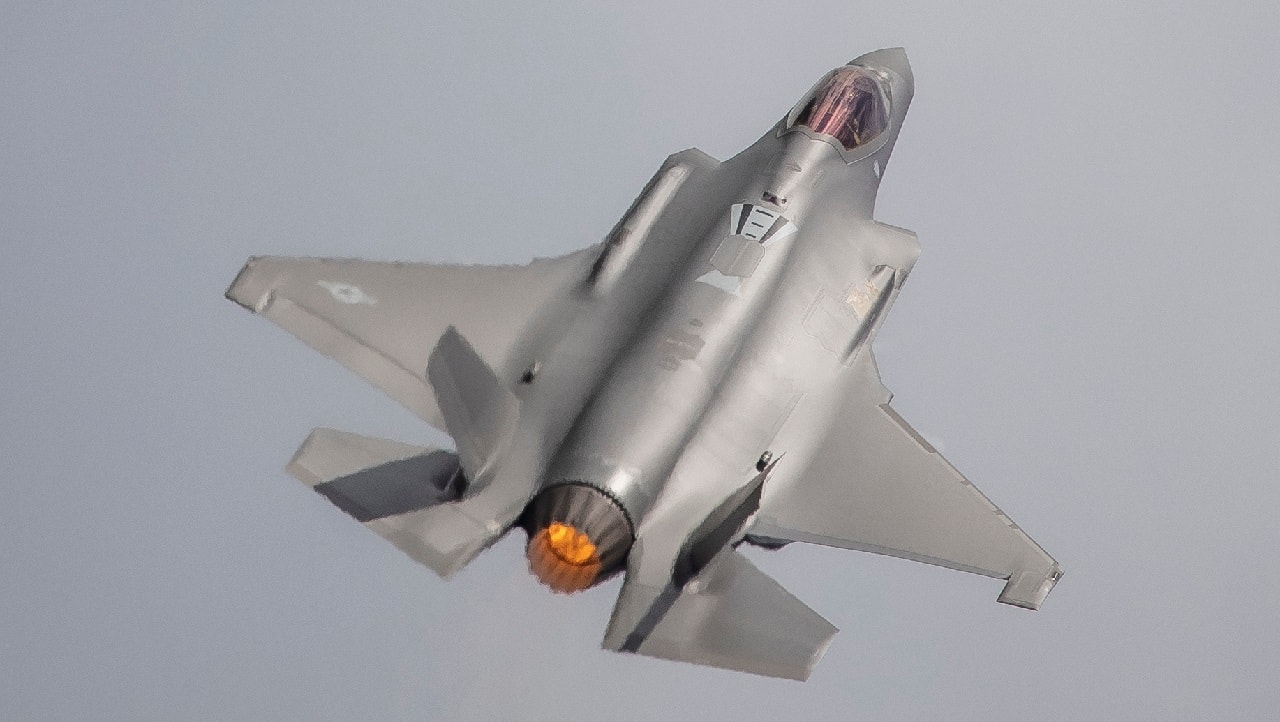Why the F-35 Won: The final chapter in Canada’s long quest to find a new jet fighter seems to be ending. The winner? Lockheed Martin’s F-35 Lightning II stealth fighter.
Canada will buy 88 F-35s at a cost of up to CA$19 billion (US$15 billion), which will replace an aging fleet of CF-18 fighters, according to Defense Minister Anita Anand. The first aircraft could be delivered to the Royal Canadian Air Force by 2025, though until the contract is signed and the planes are delivered, anything is possible with a torturous fighter procurement process that has dragged on for more than a decade.
A Strange Trip to the F-35
The saga began in 2010 when the Canadian government announced that it would buy the F-35. Considering that Canada had signed on in 1997 as a partner in the Joint Strike Fighter program that became the F-35, it seemed a logical development. Except that the government quickly reversed course and announced an open competition to replace the CF-18.
Some of the twists and turns of the fighter search can be seen in this 2015 timeline by Ottawa Citizen reporter David Pugliese. Suffice it to say that by 2019, France’s Rafale fighter had dropped out of the competition, followed by the Eurofighter Typhoon, partly because of fears that Canada had changed its procurement rules to favor the F-35.
That left the Boeing F/A-18 E/F Super Hornet, Sweden’s Saab Gripen, and the F-35. But then Ottawa excluded the Super Hornet in retaliation for Boeing lobbying the U.S. government to penalize Canadian aircraft manufacturer Bombardier, which allegedly benefited from unfair Canadian government subsidies. That left the Gripen to compete against the F-35, although Canada has relied on American military aircraft since the 1950s, including F-86 and F/A-18 Hornet fighters, and C-130 transports.
“Ottawa’s pointless odyssey to replace the F-35 with the F-35,” read the headline in Canada’s National Post newspaper this week.
“Wow…what a surprise.,” former Defense Minister Peter MacKay, who oversaw the original 2010 decision to buy the F-35, said on Twitter.
Is the F-35 the Best Choice?
Did Canada make the best choice? That’s a tough call. The Super Hornet is a proven aircraft that has successfully flown by the U.S. Navy since the late 1990s, as well as by Australia and Kuwait. The F/A-18 E/F’s twin engines offer a bit more safety in the event of engine failure over vast, remote regions, such as the Canadian Arctic, and mineral-rich polar regions and shipping lanes claimed by Canada and other nations.
But the Super Hornet is a fourth-generation fighter – or maybe generation 4.5, depending on who you ask — along with the Rafale, Gripen and Russia’s Su-30. These are essentially upgraded designs from around the end of the Cold War. While the F-35 has had a checkered development history and is still a work in progress, it is a fifth-generation fighter with stealth and advanced networking capabilities. Just as important, it’s also the new backbone of the U.S. Air Force, Navy and Marine Corps fighter fleets, as well as numerous NATO and allied nations, including Britain, Australia, Japan, and Israel.
Either way, past history suggests that Canada’s fighter saga won’t end until the contract is signed – and the aircraft are actually delivered.
A seasoned defense and national security writer and expert, Michael Peck is a contributing writer for Forbes Magazine. His work has appeared in Foreign Policy Magazine, Defense News, The National Interest, and other publications. He can be found on Twitter and Linkedin.

